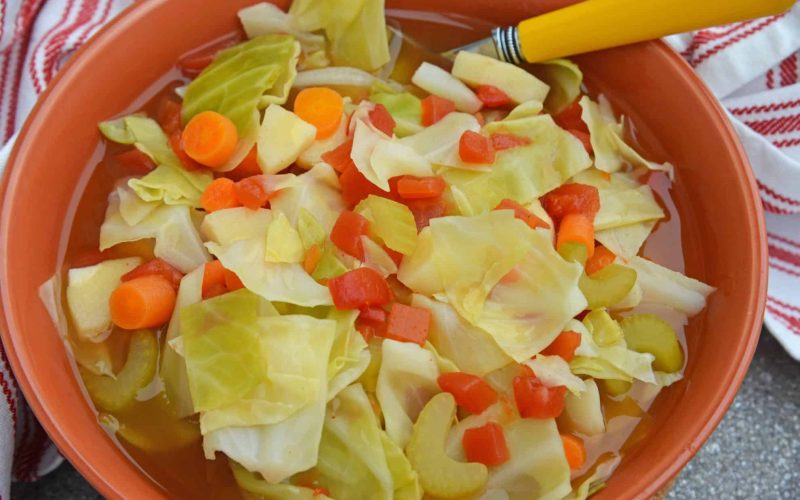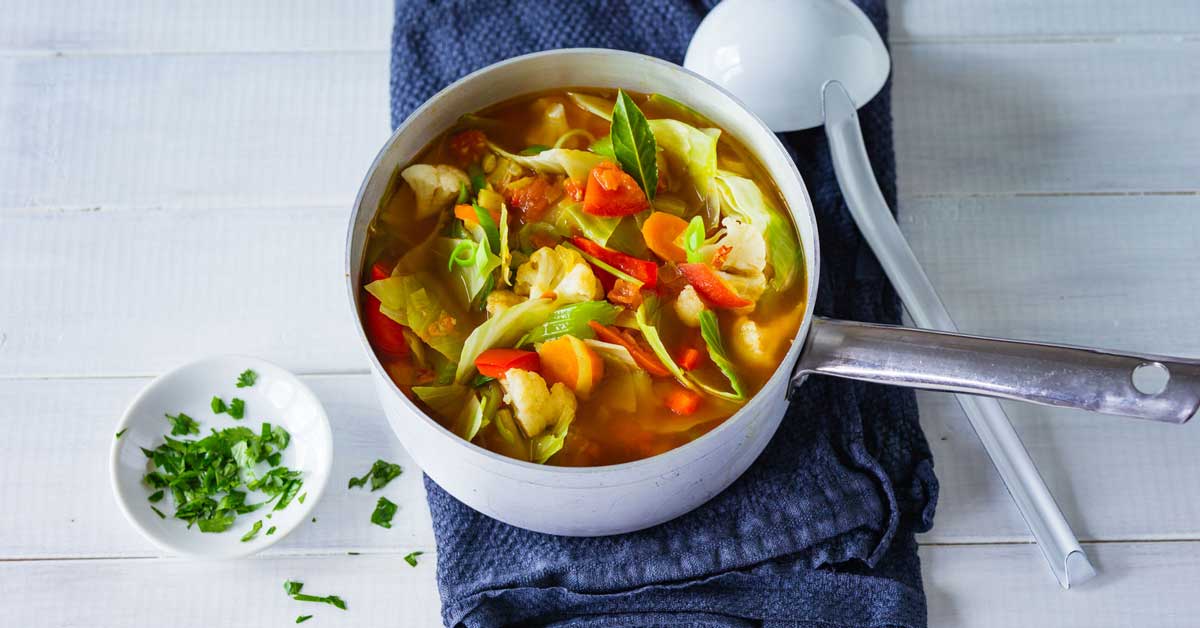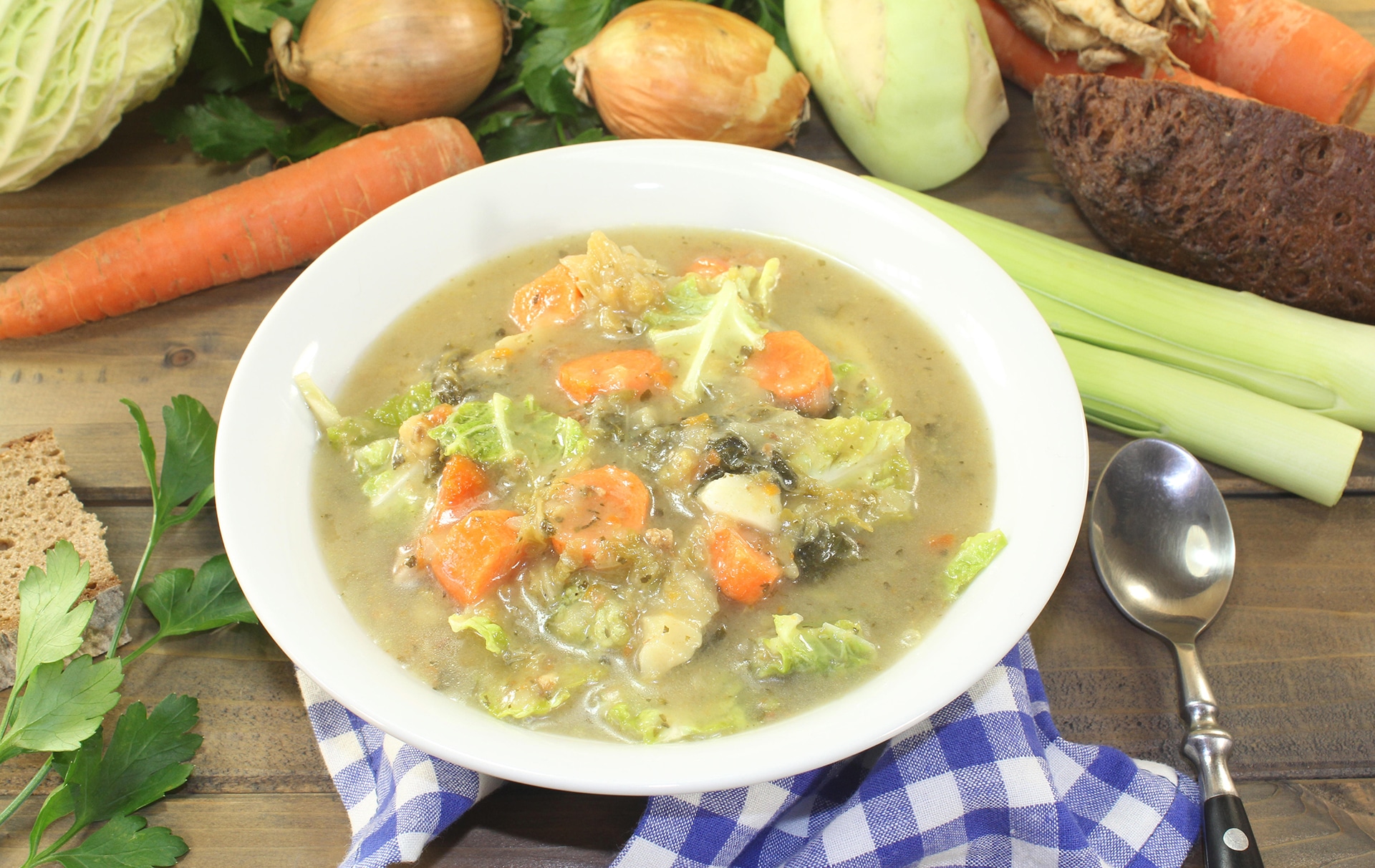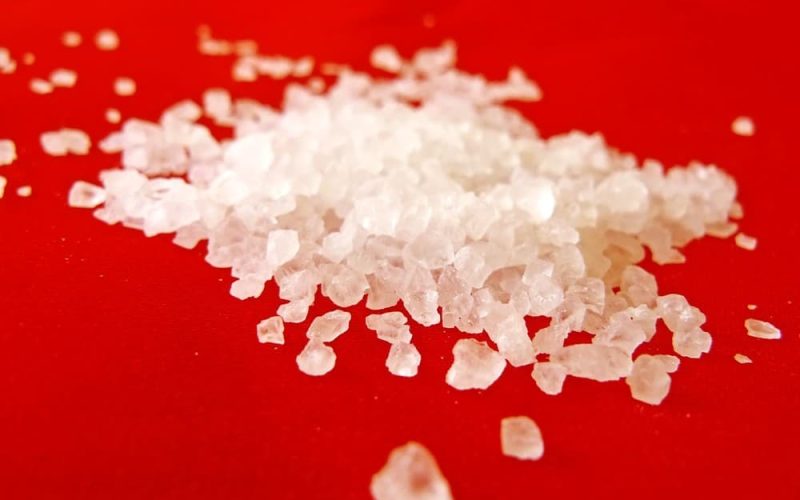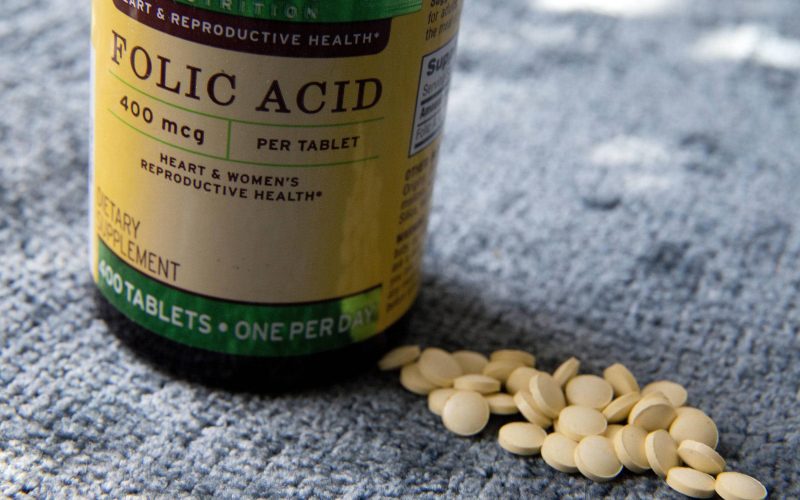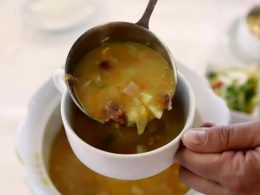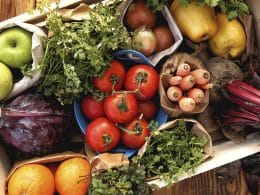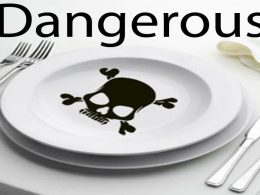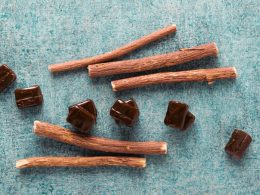The soup diet is not just one diet, as many may assume, but rather a collection of feeding plans that promise great weight loss potential in a short period of time.
On a number of these diets, you are required to consume nothing asides soup. On others, the base food is soup, but you have to include other prescribed foods in your feeding plans.
While the details of every soup diet are different, but for the more substantial part, all soup diets are designed to last from between five to 10 days.
Soup diets are not new as they have been around for many decades. One of the very first soup-based diets is the cabbage soup diet, and it quickly gained popularity in the 1980s.
With this feeding plan, people have to follow a particular cabbage soup recipe and feed on it for seven days with the ultimate goal of losing no less than 10 pounds.
Since that time, there have been creations of many other soup-based diets up to accommodate a broad range of eating styles, diet trends, and tastes.
For example, you can find keto soup plans, vegetarian soup plans, paleo soup plans, and even bean-based soup plans. While all these plans are unique, each of them promises to help people achieve significant weight loss in a very short period of time.
Some studies have shown that feeding in soup may help people eat significantly less; as a result, they get to lose weight.
This makes a lot of sense as each time that you severely restrict the types of food you eat; you are have a less likely chance to want to overindulge.
According to a study carried out in 2011, the intake of soup was linked to lower body mass index (BMI) and also smaller waist circumference. Nevertheless, the study was significantly limited in that only 103 Japanese men were studied.
Another study carried out in the United States discovered an association between the consumption of soup and lower body weight. Researchers reached the conclusion that soup consumption may offer benefits for body weight management.
However, both this above study and that of the Japanese men did not investigate weight loss diets in which the only type of food allowed for consumption was soup. There are no studies evaluating soup-only diets.
How the soup diet works
There are so many different variations of the soup diet. We have put just a few of the very well-known soup plans.
However, simply because these plans have become popular, they cannot be considered healthy diets or the most effective weight loss plans.
With that already pointed, it is possible to introduce one or more aspects of these plans or any soup recipes into a healthy diet.
Basic Soup Diet
There is the basic soup diet, which allows you to consume any type of soup you like. This means that is you like creamy soups or broth-based soups; you can enjoy them both. Homemade and canned soups are included as well.
Soups that are made with meat are also encouraged together with souped that are plant-based. Other soup plans may consist of a simple recipe that you must follow and also offer detailed instructions.
Most basic soup diets at every designed to last seven days, but there are some that can last for up to two weeks. If online claims are anything to go by, then you can lose as much as 10 to 15 pounds while on this diet. The catch here is that you only eat soup.
Cabbage Soup Diet
This is a seven-day eating plan that requires you to make a big batch of soup with the main ingredient being cabbage but may also include onion, tomato, carrots, and either a vegetable or chicken-based broth.
Most websites that promote the cabbage soup diet plan claim that people can lose as much as 10 pounds in a single week if they follow the program precisely.
While on the cabbage soup diet plan, you will be presented with a list of foods that are good to include and a list of foods that you should avoid. Most plans will allow you to eat foods such as skim milk and beef but restrict foods like bananas.
The Sacred Heart Diet
On the sacred heart eating plan, you have to consume a soup that is made with chicken or beef broth, celery, green beans, onion, tomatoes, and carrots.
When the sacred heart diet first became famous, proponents of the feeding program claimed that it was connected with a medical center known as Sacred Heart. However, there is no proof to back up the claims.
According to the diet claims, if you are faithful to this plan, you can shed 10 to 17 pounds in a single week. Foods that you are allowed to eat in addition to the sacred heart diet include brown rice and unsweetened fruit juice in very specific amounts.
For example, tomatoes and potatoes can only be eaten on specific days and only in specific amounts.
Bean Soup Diet
On the bean soup diet, you have to consume vegetable bean soup that is made from ingredients including diced tomato, celery, mushrooms, chili peppers, pinto beans, and bell peppers. This bean soup recipe is more complicated than that of many other soup recipes.
While following this soup diet program, you have to consume bean soup two times a day as your main meal and also drink plenty of water.
People who follow this diet plan are advised not to eat or limit their consumption of nuts, dried fruit, avocados, and seeds but are encouraged to consume most plant-based and other oil-free foods.
Keto Soup Diet
This soup diet is one of the most famous today, as it often appeals to those who follow a paleo diet, a ketogenic diet, or a low-carb feeding plan.
The diet is designed to last for only five days and offers a daily intake of between 1,200 to 1,400 calories and as much as 20 grams of carbohydrate. Some foods, such as dairy and nuts, are entirely off-limits.
The soup is usually made with ingredients that include olive oil, bacon, red wine, sun-dried tomatoes, squash, and also green beans.
There are some substitutions that are allowed in this diet plan, but people who choose to follow the diet are told to stay away from specific vegetables such as kale due to the fact that they may “impede weight loss.”
However, this kale concern remains a questionable claim that was marketed by online proponents of this feeding plan and is also not supported by science.
What to Eat
As you may already know, there are many types of soup diets that you can try. Each of them has different foods that are prohibited and those that are encouraged.
Even though each feeding plan is unique, there are specific trends among them. Mostly, quick weight loss is the promise for those that choose to stick with the diets for the period prescribed.
However, one drawback to these feeding plans is that they often lack well-balanced nutrition or even a healthy and sustainable way to move on to a long-term diet.
Broth
In general, almost all soup diets require that followers make soup with the aid of a clear broth as the base. What that means is that you will have to use beef stock, chicken stock, or vegetable stock.
Vegetables
Any soup diets that adopt a low-carb eating style make use of vegetables that have a lower glycemic index such as cauliflower, turnips, and collard greens. Usually, these diets try to skip higher carbohydrate veggies like potatoes and carrots.
Dairy
Very few soup plans well let you eat dairy. What that means is that no cream is allowed in your glass of milk or coffee with your lunch. Some plans allow skim milk on certain days.
Processed Foods and Sweet Treats
If you want to follow a soup diet, you do not need to expect any snacking on candy, crackers, baked goods, or chips. Almost all food that comes in a wrapper or box is off-limits.
Recommended Timing
On almost all soup diets, you have to eat three meals every day. Several of the plans require you to eat only soup for breakfast, lunch, and dinner. Others may allow you to eat one or two typical meals each day.
Have you tried any of these soup diets before? If yes, leave a comment below letting us know your thoughts.



